The National Numismatic Collection (hereinafter refers to as NNC) of the Smithsonian's National Museum of American History is considered the largest numismatic collection in the world, encompassing approximately 1.6 million items. The collection is so rich that it covers coins from all over the world and spans more than three thousand years.
The NNC hosts a variety of exhibitions throughout the year, including the exhibition "The Value of Money," in which the Bowker Collection from the Bowker family's donation is a great highlight. Also, NNC has set up a gallery of the Bowker Collection.

▲The Exhibition Hall of the Bowker Collection
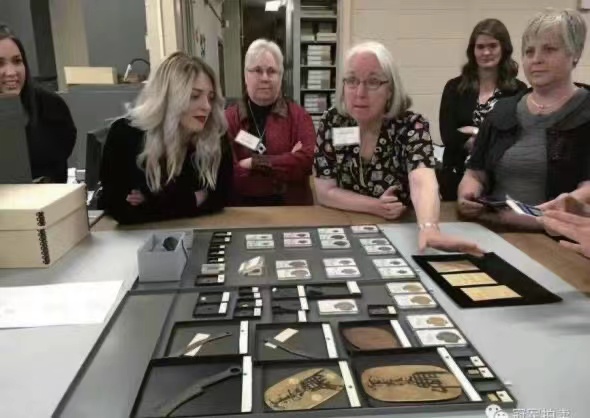
▲Representatives of the Bowker family view their donation at the National Numismatic Collection Vault in May 2017
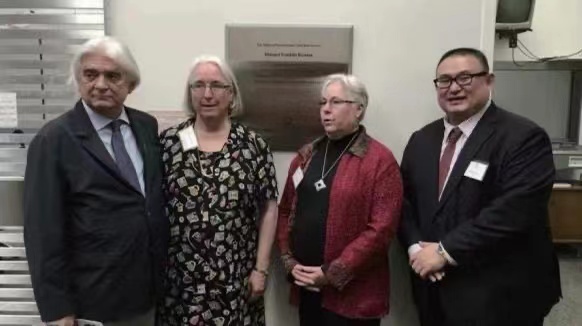
▲Jotun Bowker, Marilyn Dorman, Carolyn Bowker, and Michael Chou in front of the Howard Bowker Numismatic Research Fund Endowment plaque
This time, the NNC presents a new exhibition, Really Big Money, sponsored by the Howard Bowker Numismatic Research Fund and Michael Chou.
The Really Big Money exhibition opened on Wednesday, June 8.
Some of the coins on display are large in size, some are large in quantity, and some are large in denomination. Each exhibit allows visitors to learn about communities and culture, the environment, political leadership and communication. Through this exhibition, visitors can also explore the stories behind these largest coins in the world.
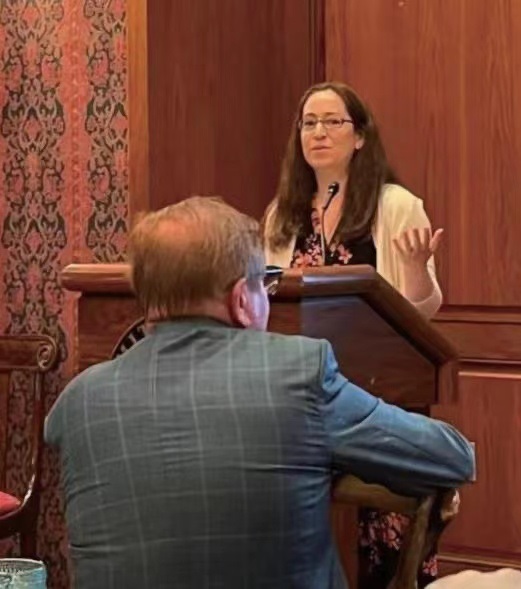 ▲The Opening Ceremony
|
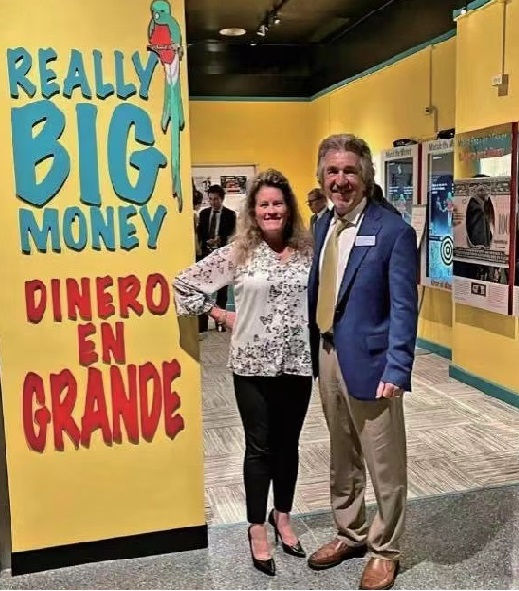 ▲Jeff Garrett and his wife at the opening ceremony |


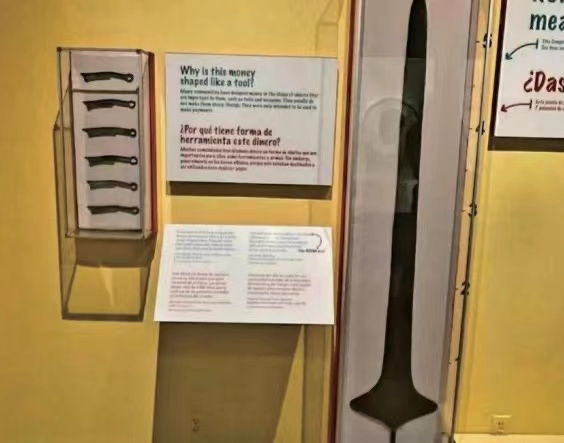
▲Exhibition
For those who can't visit it in person, you can find out about the exhibition online at the Smithsonian's National Museum of American History website. Website address: https://americanhistory.si.edu/ really-big-money.
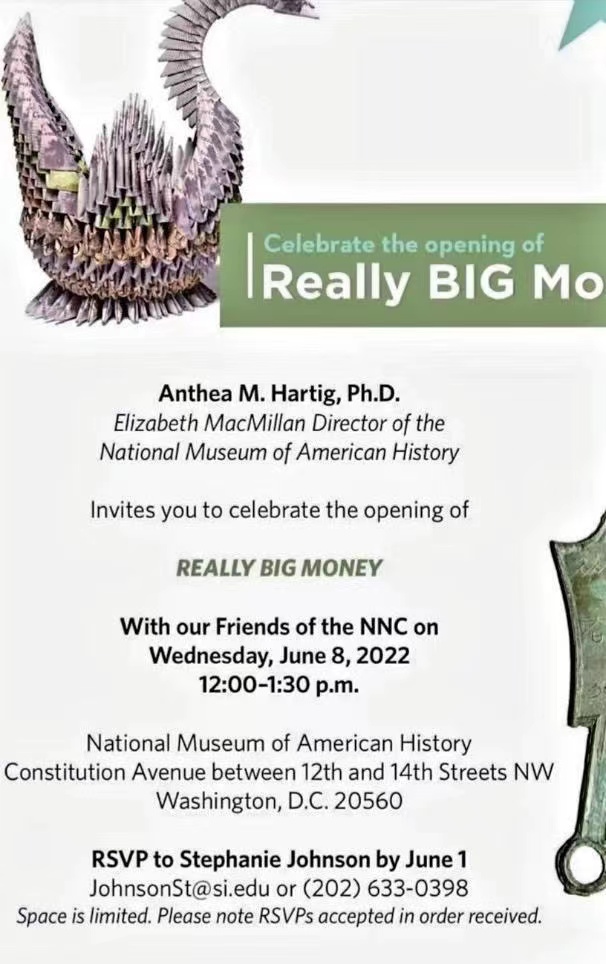
In addition, the NNC will host a reception during the American Numismatic Association Annual Meeting in Chicago this year. The reception will begin at 6 p.m. on August 18.
Champion CEO Michael Chou will visit the Smithsonian National Museum of American History on August 3 to visit the Really Big Money exhibit and the NNC vault with NNC Curator Ellen Feingold and her team, as well as Rick Amos, President of Amos Press, and the publisher of Coin World, the world's leading numismatic publication.
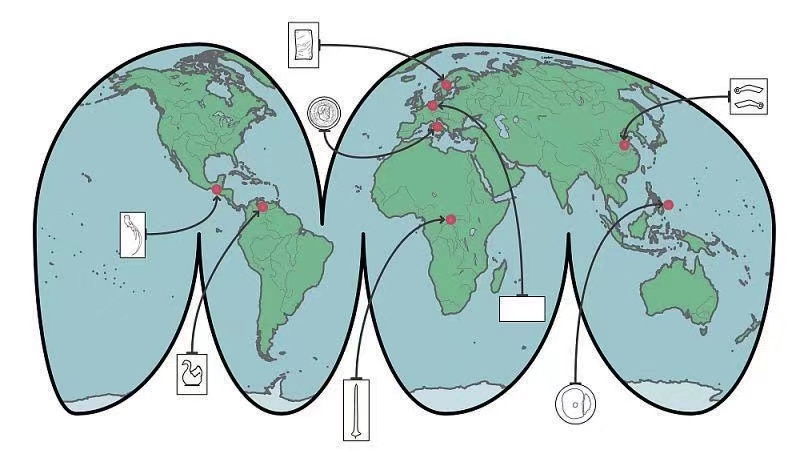
▲ Origins of the Collection
Exhibits
● Quetzal Bird
The longest tail feather of a male quetzal is 21 inches long. Quetzal tail feathers were once used by communities in Mexico and Central America to pay taxes to Aztec rulers, and the feathers were also made into headdresses and clothing for royalty and religious leaders.
Locals will release the quetzal after catching it and pulling off its tail feathers, so the quetzal's tail feathers can grow back. In the early 16th century, each community would collect about 10,000 feathers per year.
Since 1925, the quetzal has been used as the name of Guatemala's currency. The coin below features a quetzal bird with long tail feathers.
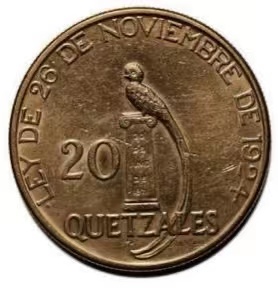 |
 |
|
▲20 quetzales coin, Guatemala, 1926 |
▲The hat, costume, bead string, shield |
● Plate Money
This Swedish coin is made of copper. When this copper plate was made in 1663, there was a lot of copper in the mines of Sweden, but very little silver, which made silver more valuable than copper. This huge copper plate is worth about three small silver coins.
The design in the middle of the copper plate coin show that it was worth 8 daler, or 8 Swedish dollars. At that time, this copper plate money could have bought four pigs.
Sweden's biggest copper mine is called the Falun (FA-loon) mine. People mined copper there for over 1,000 years (until 1992). It produced more copper than any other mine in Europe.
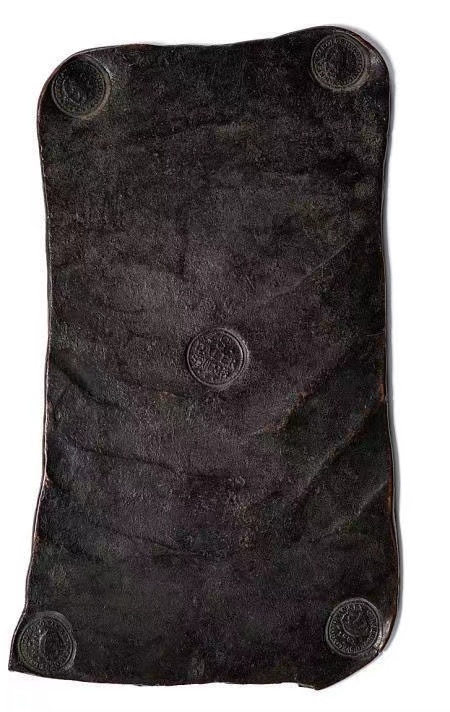

▲8 daler plate money, Sweden, 1663
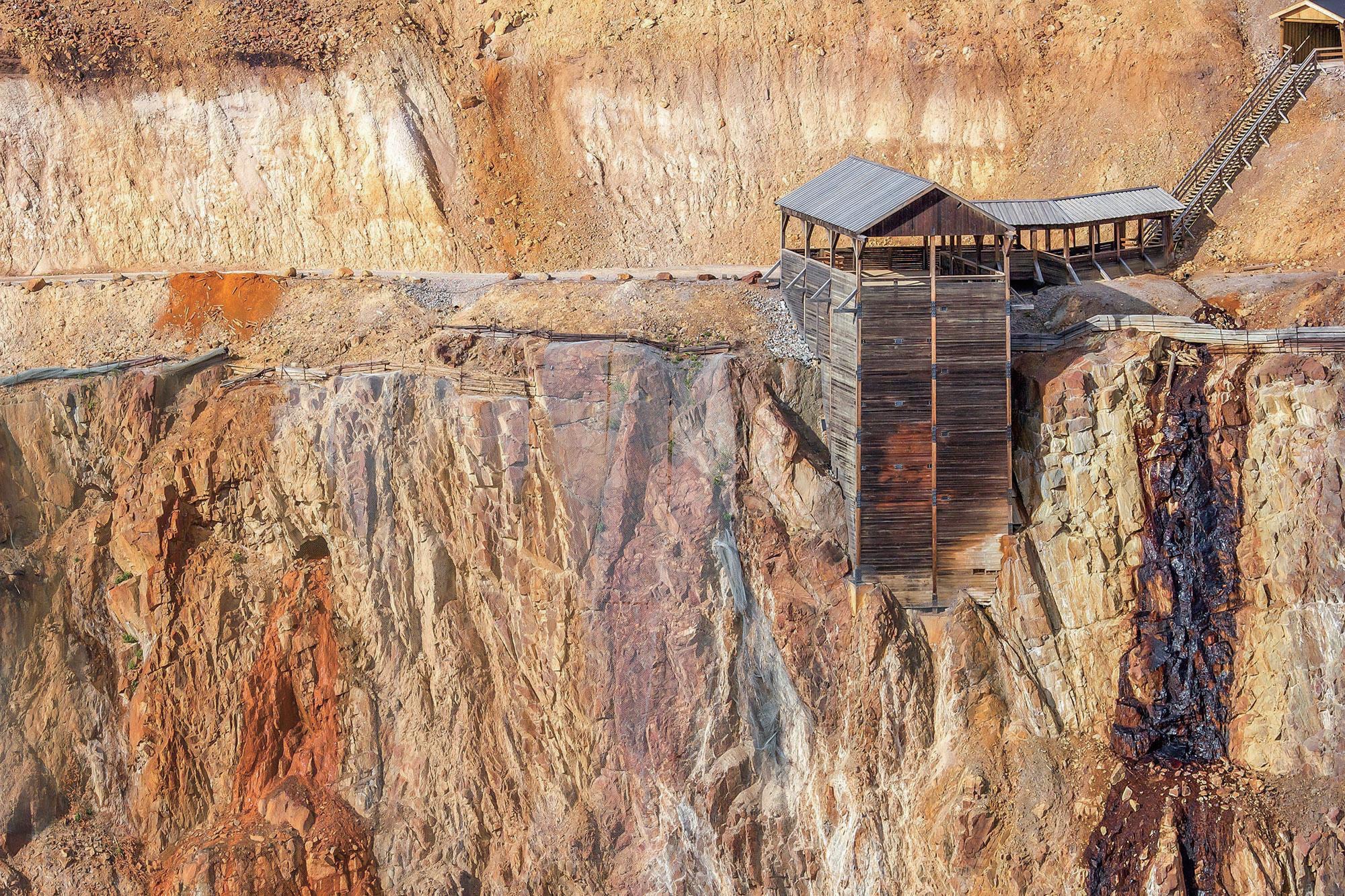
▲ Falun mine
● Follis Coins
This (left) head contains 165 ancient Roman coins.
The ancient Romans made these bronze coins with portraits of Roman emperors on them. These emperors were among the first people in the world to have their portraits engraved on coins. As these coins circulated in the Roman Empire, people would see who was in charge of their government and economy.
This (right) bronze coin shows the portrait of Roman Emperor Diocletianus, while the total number of Roman emperors on the Follis bronze coins in this exhibition is 10.
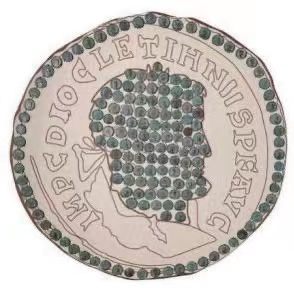
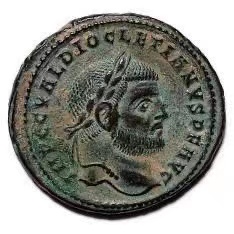
▲Follis coins, Ancient Rome, around 1,700 years ago
● Rai Stone Ring
The stone ring on display, known as Rai by the Pacific Island of Yap, weighs 112 pounds. The size of stone rings used locally ranged from a few inches to the size of a large automobile. Before the NNC got this stone ring, it broke during its movement from one place to another.
The stone ring is not used like the coins in our pockets, but is made only for special types of payments, such as wedding gifts. Because this stone ring is very heavy, it does not get moved around the island even after it has changed hands.
The stone ring is made of stones from the Island of Palau, which is 280 miles from Yap Island. For centuries, the residents of Yap Island have also displayed their stone ring in their homes to highlight their family's place on the island.
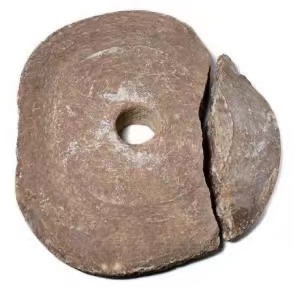
▲Rai stone ring, Island of Yap (Micronesia), 1900s
● Large Value Banknotes
How much can you buy with a banknote depends on when and where you use it. And huge denominations of banknotes can be a testament to a country that is suffering. When basic items like a loaf of bread sometimes cost millions of dollars, people don't have enough banknotes to buy these things they need, so they go hungry. Germany (in 1923), Zimbabwe (in 2008) and Venezuela (in 2018) have all experienced this situation.
After World War I, the German government had very little money left. In 1923, Germans needed a wheelbarrow full of banknotes to buy a loaf of bread.
In 1923, the value of German banknotes was so low that parents would even let their children play with them.
Venezuela experienced this same situation in 2018. At the time, Venezuela was facing an economic crisis, which made their paper money almost worthless. Many people left the country to find work. Some artists even used Venezuelan banknotes to make art and crafts to sell.
In Venezuela, everyday foods like chicken or carrots cost millions of bolivares. It takes a long time to count out enough Venezuelan banknotes, so many stores use scales to weigh them directly.
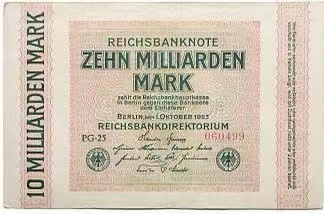 |
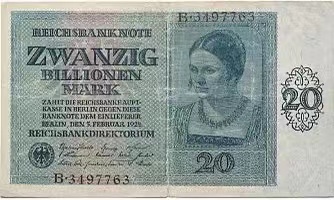 |
|
▲10 billion mark note, Germany, 1923 |
▲ 20 trillion mark note, Germany, 1924 |
● Tool-Shaped Coins
The coins of many communities took the shape of items that were important to them, such as tools and weapons.
The inhabitants of the Congo region used iron blade (liganda) as wedding gifts or to purchase important items. The iron blade is 5.7 feet tall.
Knife coins were also widely used in China. These coins are more than 2,000 years old, among the earliest currencies in the world.
 |
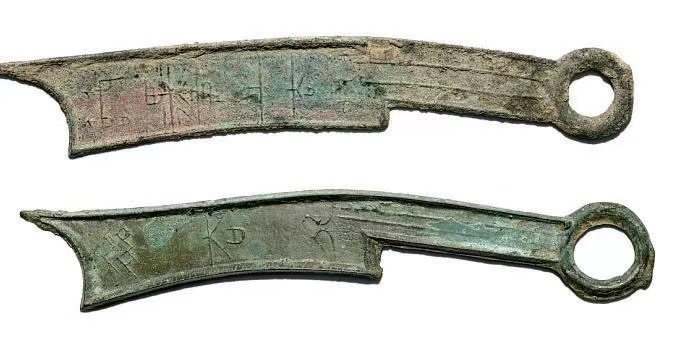 |
|
▲ Iron blade (liganda), Democratic Republic of the Congo, 1800s |
▲ Chinese knife money from the 5th century B.C. to 3st century B.C., from the Fang Yanyu/Howard Bowker Collection |
Resources
● Online Learning Labs
In addition to the exhibition, an online learning lab is available online. The content covers background knowledge on various aspects of the history, culture, and geography of the exhibits. Visitors only need to enter the interface of an exhibit, there will be a detailed introduction.
● Interactive Games
The exhibition also has online interactive games that can entertain and educate visitors and allow them to know these exhibits better.
● Videos
NNC has also uploaded videos about the exhibits to its website.
